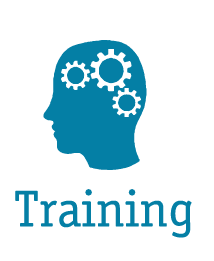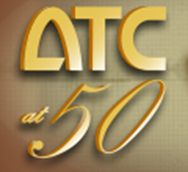'
|
For More Information, Contact: |
"The Path to Quality Seismic Design and Construction" continuing education seminars for Building Design Professionals and Code Enforcement Personnel will be held on Thursday, June 17, 1999 at the Sheraton Hotel in Concord, California, and on Monday, June 21, 1999 at the Wyndham Garden Hotel in the City of Commerce, California. The seminar curriculum was developed by the Applied Technology Council (ATC) and the Structural Engineers Association of California (SEAOC) on behalf of the California Seismic Safety Commission, and is funded from the Proposition 122 Earthquake Safety and Public Buildings Rehabilitation Fund of 1990.
The purpose of each 1-day seminar (the same seminar is to be presented at both locations) is to provide practical guidance for improving the quality of seismic design, inspection, and retrofit of buildings. Each seminar will consist of three concurrent sessions, one each for architects, engineers, and building department personnel. In each session, participants will be introduced to a newly created training curriculum and set of job aids designed to promote and facilitate improvements in the quality of seismic design and construction in California. Building systems and components to be addressed include: wood-frame buildings, concrete and masonry buildings, and nonstructural components. The seminar will also address the roles and responsibilities of architects, engineers, and building officials in ensuring quality seismic design and installation of nonstructural components. Handouts include:
- a notebook containing an attractively formatted and easy-to-read curriculum describing how to improve the quality of seismic design, inspection, and retrofit of wood-frame buildings, masonry and concrete buildings, and nonstructural components;
- job aids (checklists and other laminated materials) to facilitate inspection and design; and
- a series of Briefing Papers that succinctly describe and summarize, in user-friendly language, fundamental information abut earthquake design and performance of buildings, as well as roles and responsibilities of architects, engineers, and building officials in the seismic design and construction process.
The seminars will be of interest and value to building officials, plan checkers, inspectors, architects, and practicing structural and civil engineers, particularly those who have entered their profession within the last five years.
The registration fee for the seminar, which includes handouts, lunch, and break refreshments, is $125. A late fee will be charged for registrations postmarked after June 10, 1999.
Persons interested in attending either seminar (in Concord on June 17, 1999, or in Commerce on June 21, 1999) can download the seminar registration form from ATC''s web site (www.atcouncil.org) or request a copy from ATC (555 Twin Dolphin Drive, Suite 550, Redwood City, California; phone, 650/595-1542; fax 650/593-2320; e-mail, This email address is being protected from spambots. You need JavaScript enabled to view it.) or from SEAOC (555 University Avenue, Suite 126, Sacramento, California; phone, 916/447-1198; fax 916/442-0812; e-mail, This email address is being protected from spambots. You need JavaScript enabled to view it.). The seminar registration form is also being distributed to ATC Subscribers and to members of the American Institute of Architects, California Council; California Building Officials; and SEAOC.
'




